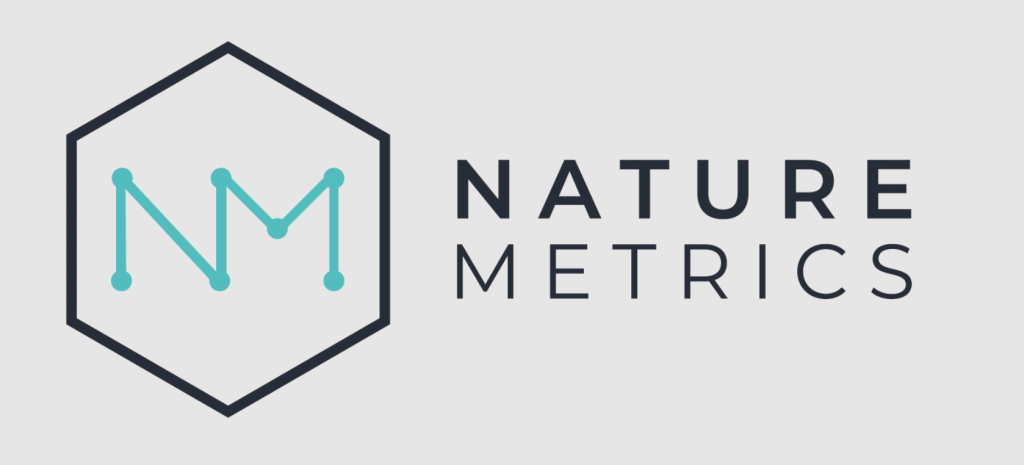On 7th March, NatureMetrics and Mining Technology Magazine will host a webinar exploring how mining’s nature-related commitments are changing – and the new technologies that can help meet these .
New frameworks have emerged in recent years that will change how mining companies measure, manage, and report on their nature-related risks, dependencies, and opportunities. These include the TNFD, CSRD, Global Biodiversity Framework, and Science-based Targets for Nature. This has led a raft of new measuring, reporting and validating (MRV) approaches for nature.
It is no surprise that this has coincided with societal and stakeholder demands for reducing mining’s impact on nature. In response, the ICMM announced at Davos a landmark position statement stating it (and its members) support for the sectors transition to a nature-positive future. Going so far as committing to no-net-loss at all mine sites and reversing nature loss across the value chain.
But how will mining companies measure their progress towards nature positive and demonstrate they have met these commitments? How can we scale up data collection to meet the challenge? This will be explored in an exclusive webinar hosted by Mining Technology Magazine and featuring Pippa Howard, Chief Nature Strategist and Dr Joe Huddart, Biodiversity Solutions Engineer atNatureMetrics.
NatureMetrics has been working with the mining sector with Anglo American, Teck, Rio Tinto and Glencore across a global portfolio of sites and ecosystems. Their participation can be at the earliest point of mineral exploration to the reclaimation and closure, providing comprehensive biological data to inform ecological condition and management.
The webinar will be hosted on the 7th March. You can register here.
Is nature-tech the answer?
Traditional surveying methods – like visual surveys, pitfall traps, and electrofishing – lack the scalability required to meet the new reporting paradigm.
While recognising there will always be a need for skilled ecologists and taxonomists, new technologies are emerging to help mining companies complement existing strategies and scale monitoring across their portfolios, value chains and timelines. These include remote sensing, eDNA, bioacoustics, and metrics.
One case study describes a company in the offshore sector that detected 116% more species with minutes of eDNA sampling vs. several days of traditional surveying. A study on fish surveys in freshwater environments estimated eDNA could be 5-20 times cheaper than traditional methods.
Another advantage of new nature-tech is its repeatability. To benefit from the rise of AI/ML and generate biodiversity Metrics, organisations must efficiently collect large, comprehensive, repeatable datasets across portfolios. Building these data pipelines to feed actionable ecosystem metrics has become business-critical.
Join this webinar for real-world examples of how mining companies are using nature-tech to reduce risk, meet obligations, and build competitive advantage.
Speakers
Pippa Howard, Chief Nature Strategist, an expert in corporate sustainability and a key architect of corporate and national level Biodiversity frameworks and methodologies. She works across multiple sectors to develop strategic approaches to managing biodiversity, including the development of assessment and management frameworks that implement the mitigation hierarchy across mining portfolios.
Pippa led Fauna & Flora International’s Corporate Sustainability Programme and was the Senior Programme Manager at Cambridge University’s Institute for Sustainability Leadership.
She holds degrees in Environmental Science, Marine Biology, Zoology and International Development. She is a registered Professional Natural Scientist with over 25 years’ experience and specialises in the interface between business, NGOs, financing institutions and policy makers.
Dr Joe Huddart, Biodiversity Solutions Engineer, a freshwater ecology and nature-tech expert. Joe has 15+ years’ academic and industry ecological experience, working across multiple industries and continents to develop and deploy biodiversity monitoring solutions.
His PhD, quantifying ecological responses to habitat restoration, was hosted by London’s Natural History Museum and Imperial College London and he has worked with the Earlham Institute developing state-of-the-art biomonitoring approaches for assessing fish ecology.
He has spoken and contributed to a range of industry publications and events, including: Resourcing Tomorrow; the Inter-American Business and Nature Forum; Bloomberg; Colombia Gold Symposium (CGS); International Mining; Globe Forum and, most recently a webinar hosted by Genomics British Columbia where he discussed new tools for biodiversity and nature reporting in the mining sector.

